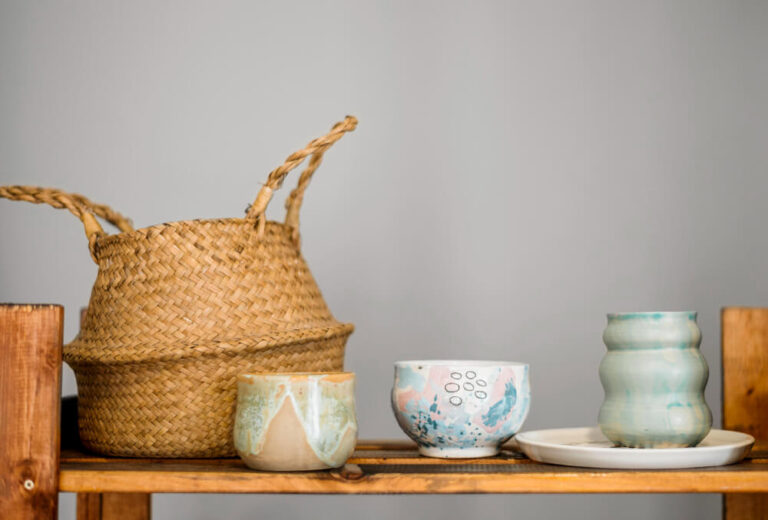Ten Thousand Villages is a well-known nonprofit organization that has been supporting artisans from developing countries for decades. Known for selling unique, handcrafted items, the brand has made a strong reputation in the fair-trade world. Over the years, many people have wondered whether Ten Thousand Villages is still in business or if it has faded away like many other retail brands. In this article, we will explore its history, current status, products, financial condition, and future plans to understand where the organization stands today.
History of Ten Thousand Villages
Ten Thousand Villages started in 1946 when Edna Ruth Byler began bringing handcrafted items from women artisans in Puerto Rico to the United States. She wanted to create opportunities for disadvantaged artisans and pay them fair wages. Over time, the project grew into one of the oldest and largest fair-trade organizations in North America. The organization expanded its reach to artisans in Asia, Africa, Latin America, and the Middle East, building long-term partnerships based on trust and fair practices.
Did Ten Thousand Villages Go Out of Business?
No, Ten Thousand Villages has not gone out of business. However, the organization has gone through big changes in recent years. Due to shifting shopping habits and rising operational costs, it decided to close many of its company-owned retail stores in 2025. This led to confusion among customers, and some thought the brand had shut down. In reality, Ten Thousand Villages is still very much alive. It has shifted its focus to online sales, wholesale partnerships, and community-based stores run by volunteers and local groups, allowing it to keep its mission alive in a more sustainable way.
Ten Thousand Villages Today: What Products Does It Still Make?
Today, Ten Thousand Villages continues to sell a wide variety of handmade products. These include home décor items like baskets, ceramics, and wall art, as well as jewelry, fashion accessories, toys, greeting cards, and kitchenware. All these products are crafted by artisans from over 25 developing countries. The brand ensures fair-trade practices by paying artisans upfront, offering long-term contracts, and maintaining safe working conditions. This not only supports livelihoods but also preserves traditional craftsmanship from around the world.
What’s Special About Ten Thousand Villages
What makes Ten Thousand Villages stand out is its deep commitment to ethical sourcing and sustainability. Unlike typical retailers, it prioritizes people over profit. Every purchase helps create opportunities for marginalized artisans, many of whom are women from low-income communities. The organization also uses eco-friendly materials and encourages environmentally responsible production. Customers are not just buying a product—they are supporting a positive social cause and making a meaningful impact on global poverty.
A Look at the Money: Is Ten Thousand Villages Financially Stable?
Although the organization faced challenges during the pandemic and from the rising costs of operating physical stores, it has managed to stabilize by restructuring its business model. Closing underperforming stores helped cut costs, while online sales have shown growth. By focusing on e-commerce and wholesale distribution, Ten Thousand Villages has created a leaner and more sustainable financial structure. While it is not a profit-driven company, its finances are currently stable enough to keep supporting its mission and global artisan network.
Reviews of Customers on Ten Thousand Villages
Customer reviews about Ten Thousand Villages are generally positive. Many shoppers love the unique, high-quality craftsmanship of the products and appreciate the fair-trade mission behind them. They often mention that buying from Ten Thousand Villages makes them feel good because their money supports ethical causes. Some negative reviews point out that certain products can be more expensive than mass-produced alternatives, but most customers understand that the higher price reflects fair wages and sustainable practices.
Ten Thousand Villages Roadmap for the Future
Looking ahead, Ten Thousand Villages plans to continue expanding its online presence and strengthening its network of community-based stores. It is also working on increasing collaborations with new artisan groups and offering training to help them improve their skills and income. Sustainability will remain a key focus, with efforts to use more eco-friendly packaging and reduce the environmental impact of production. The organization’s long-term vision is to reach more customers while continuing to uplift artisan communities worldwide.
Conclusion
Ten Thousand Villages may have closed several stores, but it has not gone out of business. Instead, it has evolved to adapt to changing times while staying true to its original mission of supporting artisans through fair trade. By embracing e-commerce, building stronger community partnerships, and focusing on sustainability, Ten Thousand Villages continues to make a positive global impact. For socially conscious shoppers, it remains a trusted and meaningful place to buy beautiful handmade goods.
Also Read:

